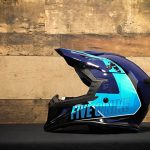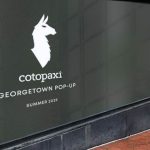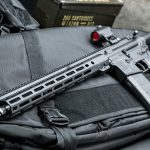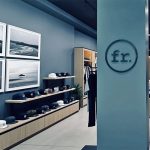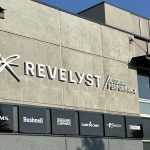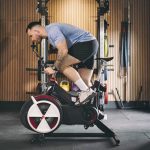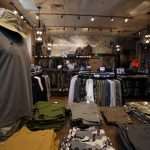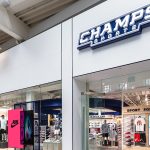The move to acquire and consolidate Rawlings has had its share of skeptics, and the appeal to retailers for an aggregated brand platform has been a question mark, but the folks at K2 Inc. appear to have assembled a nice formula and a strong team for future growth.
After posting a solid second quarter that was helped in large part by the inclusion of the Rawlings numbers for the first time, K2 management outlined for analysts on a conference call the strategy that they feel will enable them to post stronger numbers and aggregate more brands in the coming years.
K2 Inc. chairman and CEO Dick Heckmann has made it abundantly clear that K2 sees itself as a manufacturing company, something most other vendors in the U.S. have shunned as they outsource production throughout the world. Heckmann has taken a bit different approach, investing in factories in China and Costa Rica that now pay big dividends for the brands they acquire.
Buy Rawlings? Sure, but why keep production here when you own your own hardlines manufacturing in China and you can build margins from day one. Rawlings apparel? Simple, just close the Alabama and Chicago plants and move production to the Hilton apparel facility in Costa Rica.
The other big advantage we see here is line extensions. If helmet technology is helmet technology is helmet technology, why not utilize your batting helmet expertise to produce, say, lacrosse headgear, bike helmets, even football helmets?
For instance, K2 has been making antennas and fishing poles, both composite materials requiring similar engineering. They own the K2 ski brand. Why not make ski poles? Well, the move they made to do just that for fall will help drive sales of the companys winter sports product up 7.0% for the year after K2 sold 35,000 units of a planned 10,000 unit program.
In some cases an existing brand that K2 owns will have the cache to carry the new product line, but if not, there are plenty of potential acquisition targets waiting in the wings to take advantage of this structure that seems to be working as planned.
Management said they are looking at a number of potential deals, but the company needs to fit within the K2 matrix and valuation needs to be in the 6x to 7x EBITDA range. The companys goal is to be “the largest sporting goods equipment manufacturer”.
The big plus for KTO, as they make their pitch to retailers, is the ability to partner on Private Label. This opportunity is tough to beat as the company negotiates deals to place their better products, while providing the retailer a proprietary entry-level brand as well.
The move clearly plays to K2s strengths while pointing to their competitors voids manufacturing.
The other benefit to the diversification of brands is the “smoothing” of the business cycle by consolidating counter-cyclical companies like Rawlings and K2. To make the point, company execs said that “K2 (is) using cash while Rawlings is collecting it” and vice versa.
Rawlings provided 23% of the sales increase for the company in Q2, posting sales of $36.2 million. Rawlings was a drag in one respect – EPS – due to the issuance of shares in the merger deal.
The Recreational Group, which includes skis, snowboards, in-line skates and bikes, increased 12.8% in Q2 to $49.3 million, helped in large part to strong in-line skate sales in Europe (primarily Germany). U.S. business was “slow”. The total in-line skate business was up 15.3% to $28.3 million for Q2 and up 8.9% YTD. Margins improved on less reliance on closeout sales.
Alpine and snowboard hardgoods are expected to be up 7.0% for the year, based on current pre-season orders.
Another example to the benefits of diversification are in the numbers for Shakespeare and Stearns. While fishing tackle sales were hurt by the soggy spring weather, rainwear product sales at Sterns were so good the company had to air freight goods in for retailers.
Shakespeare worldwide fishing tackle sales dipped 3.3% to $43.3 million for the quarter, and were down 2.2% YTD. Margins were a bit steadier in the division as strength in Pflueger reels and kits and combos offset weather woes.
Stearns saw Q2 sales increase 4.7% for the period to $29.5 million, due predominantly from “strong sell-through” in the aforementioned rain gear and the Mad Dog hunting accessories line. Year-to-date sales were up 10.3% . Lower product costs associated with the movement of more production to the companys China plant benefited margins. The company said Sterns will pursue more licensed product opportunities after working well in the Shakespeare unit.
>>> With Private Label becoming 10- 15% of the mix at retail, and a vendor offering you a way to do it without having to manage it yourself…


